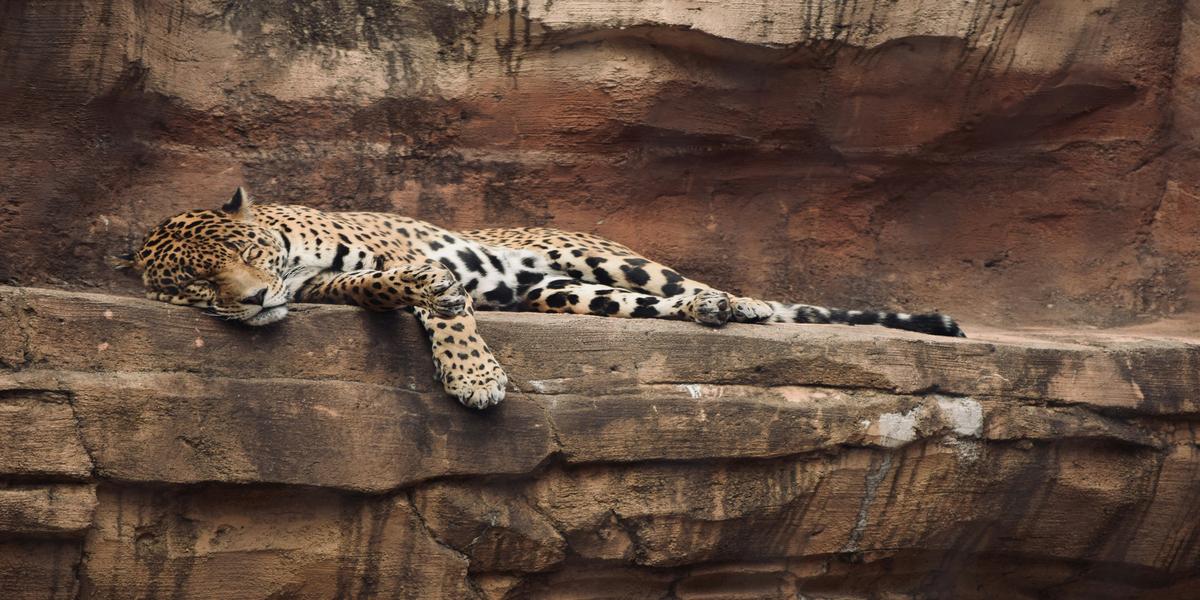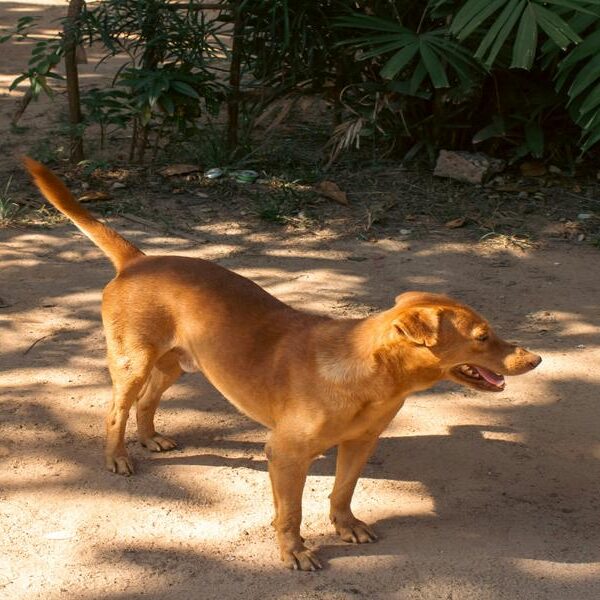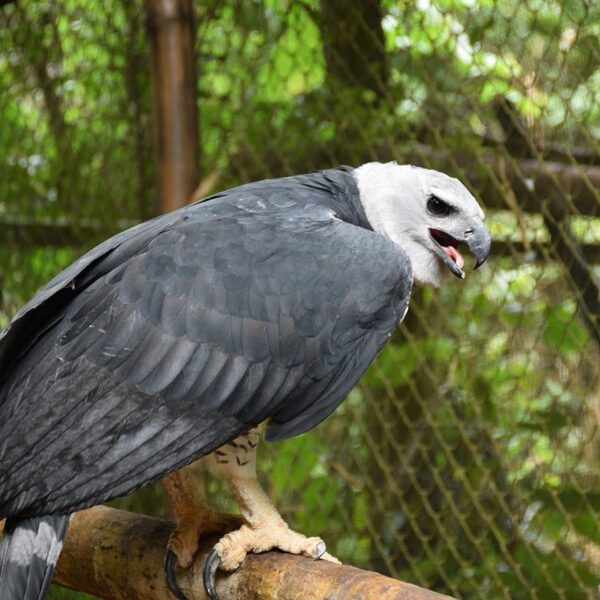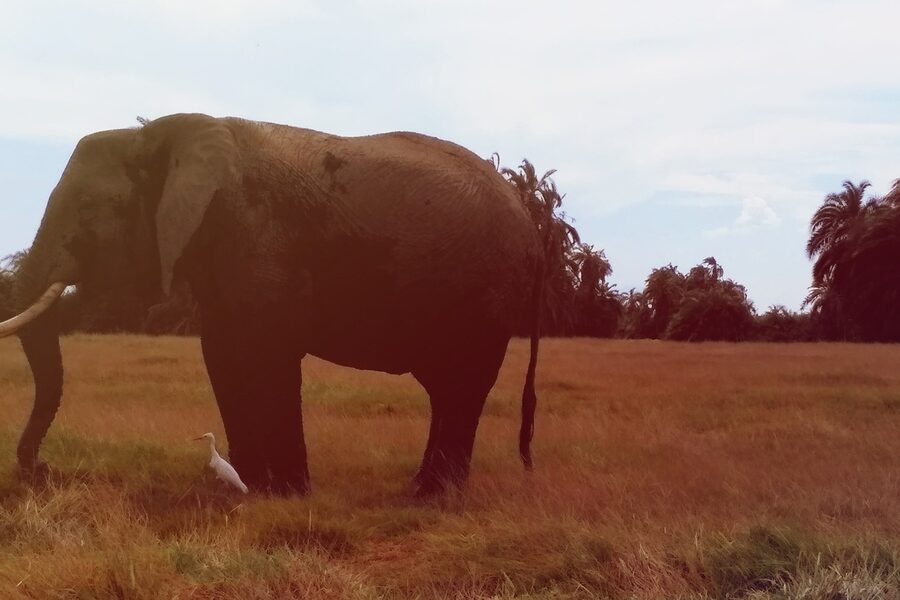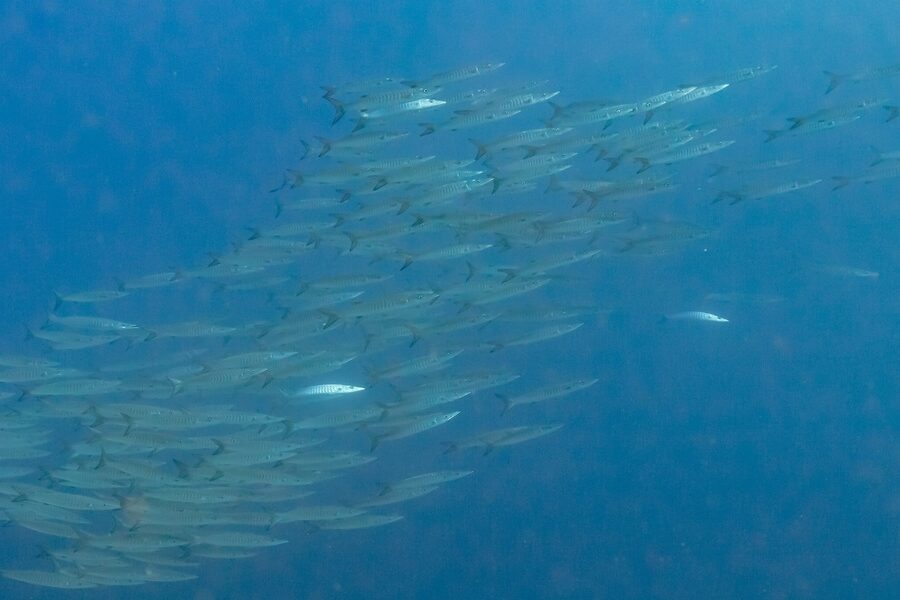Tropical rainforests are home to a vast variety of consumers, with this list featuring 54 remarkable species from across the globe. From the powerful African leopard to the colorful Toco toucan, these consumers play vital roles in maintaining the balance of their ecosystems. Each species has a unique diet type and size, helping to define its place in the rainforest food web and demonstrating the incredible diversity of rainforest life.
Explore the detailed table below to learn about each tropical rainforest consumer, including scientific names, diet types, and typical sizes.
What Types of Tropical Rainforest Consumers Are There?
Tropical rainforest consumers fall into several diet categories: herbivores, carnivores, omnivores, insectivores, frugivores, and even specialized feeders like sanguivores (blood eaters). Each type plays a specific role, from herbivores like the howler monkey that feed on leaves, to apex predators like the jaguar that help control prey populations. Understanding these categories clarifies the complex food web that sustains rainforest ecosystems.
How Do Tropical Rainforest Consumers Impact Their Ecosystems?
Consumers in tropical rainforests maintain ecological balance by participating in food chains and nutrient cycles. For example, seed-dispersing frugivores like the toucan or the binturong spread plant seeds, supporting forest growth. Predators such as the black caiman regulate prey numbers to prevent overpopulation. Even tiny insectivores like leafcutter ants influence plant health by cultivating fungi. This interconnectedness highlights the importance of every consumer in sustaining rainforest health.
Tropical Rainforest Consumers
| Common Name | Scientific Name | Diet Type | Typical Size (kg) |
|---|---|---|---|
| Jaguar | Panthera onca | Carnivore | 55-95 |
| Harpy Eagle | Harpia harpyja | Carnivore | 4-9 |
| Green Anaconda | Eunectes murinus | Carnivore | 100-220 |
| Capybara | Hydrochoerus hydrochaeris | Herbivore | 35-65 |
| Three-toed Sloth | Bradypus variegatus | Herbivore | 3.5-4.5 |
| Poison Dart Frog | Dendrobatidae family | Insectivore | 0.002-0.006 |
| Red-eyed Tree Frog | Agalychnis callidryas | Insectivore | 0.006-0.015 |
| Howler Monkey | Alouatta genus | Herbivore | 4-10 |
| Black-handed Spider Monkey | Ateles geoffroyi | Frugivore | 6-9 |
| Toco Toucan | Ramphastos toco | Frugivore | 0.5-0.85 |
| Blue Morpho Butterfly | Morpho peleides | Herbivore | <0.001 |
| Leafcutter Ant | Atta cephalotes | Herbivore | <0.001 |
| Red-bellied Piranha | Pygocentrus nattereri | Omnivore | up to 1 |
| Bornean Orangutan | Pongo pygmaeus | Frugivore | 30-90 |
| Bengal Tiger | Panthera tigris tigris | Carnivore | 100-260 |
| Ocelot | Leopardus pardalis | Carnivore | 8-18 |
| Black Caiman | Melanosuchus niger | Carnivore | 300-400 |
| Green Iguana | Iguana iguana | Herbivore | 4-6 |
| Giant Anteater | Myrmecophaga tridactyla | Insectivore | 22-40 |
| Capuchin Monkey | Cebus genus | Omnivore | 2-4 |
| Scarlet Macaw | Ara macao | Frugivore | 1-1.2 |
| Sword-billed Hummingbird | Ensifera ensifera | Omnivore | 0.01-0.015 |
| Okapi | Okapia johnstoni | Herbivore | 200-350 |
| Mountain Gorilla | Gorilla beringei beringei | Herbivore | 135-220 |
| Chimpanzee | Pan troglodytes | Omnivore | 32-60 |
| African Leopard | Panthera pardus pardus | Carnivore | 30-90 |
| Clouded Leopard | Neofelis nebulosa | Carnivore | 11-23 |
| Sun Bear | Helarctos malayanus | Omnivore | 27-65 |
| Binturong | Arctictis binturong | Omnivore | 10-20 |
| King Cobra | Ophiophagus hannah | Carnivore | 5-9 |
| Rhinoceros Hornbill | Buceros rhinoceros | Frugivore | 2-3 |
| Goliath Birdeater | Theraphosa blondi | Carnivore | 0.1-0.17 |
| Electric Eel | Electrophorus electricus | Carnivore | 15-20 |
| Baird’s Tapir | Tapirus bairdii | Herbivore | 150-400 |
| Kinkajou | Potos flavus | Frugivore | 2-4.5 |
| Coati | Nasua nasua | Omnivore | 3-6 |
| Boa Constrictor | Boa constrictor | Carnivore | 10-25 |
| Panther Chameleon | Furcifer pardalis | Insectivore | 0.06-0.18 |
| Glass Frog | Centrolenidae family | Insectivore | <0.008 |
| Arapaima | Arapaima gigas | Carnivore | 100-200 |
| Hoatzin | Opisthocomus hoazin | Herbivore | 0.7-1 |
| Resplendent Quetzal | Pharomachrus mocinno | Frugivore | 0.2-0.25 |
| Army Ant | Eciton burchellii | Carnivore | <0.001 |
| Common Vampire Bat | Desmodus rotundus | Sanguivore | 0.02-0.05 |
| Aye-aye | Daubentonia madagascariensis | Insectivore | 2.5-3 |
| Fossa | Cryptoprocta ferox | Carnivore | 5-10 |
| Siamang | Symphalangus syndactylus | Frugivore | 10-14 |
| Proboscis Monkey | Nasalis larvatus | Herbivore | 10-22 |
| Emerald Tree Boa | Corallus caninus | Carnivore | 1-1.5 |
| Southern Cassowary | Casuarius casuarius | Frugivore | 30-60 |
| Common Basilisk | Basiliscus basiliscus | Omnivore | 0.2-0.4 |
| Sunda Pangolin | Manis javanica | Insectivore | 4-10 |
| Goliath Frog | Conraua goliath | Carnivore | 1-3.3 |
| Malayan Colugo | Galeopterus variegatus | Herbivore | 1-2 |
Images and Details
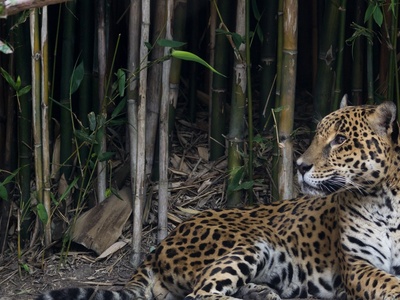
Jaguar
The apex predator of the Americas’ rainforests, this powerful big cat is a keystone species, controlling prey populations from capybaras to caimans and maintaining ecosystem health.

Harpy Eagle
One of the world’s largest eagles, this formidable raptor reigns over the canopy, preying on sloths and monkeys with its massive talons, which are as large as grizzly bear claws.
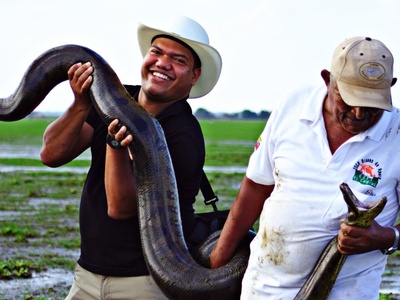
Green Anaconda
One of the heaviest snakes on Earth, this aquatic giant ambushes large prey like deer and capybaras from the murky waters of the Amazon basin, constricting them before swallowing them whole.

Capybara
The world’s largest rodent, this semi-aquatic and highly social animal grazes on grasses and aquatic plants along rivers, serving as a primary food source for jaguars and anacondas.
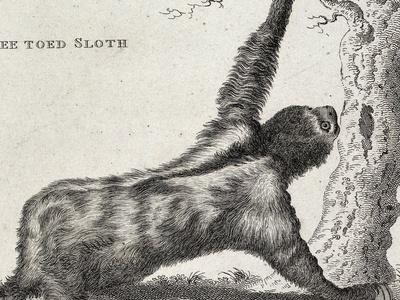
Three-toed Sloth
A famously slow-moving mammal of the canopy, the sloth’s entire life is adapted to conserving energy on a low-nutrition diet of leaves, making it a master of camouflage.
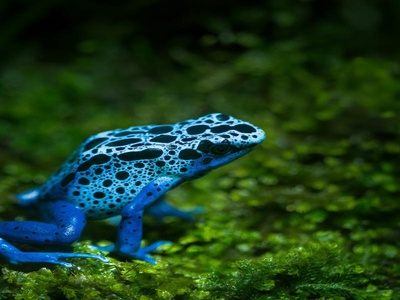
Poison Dart Frog
These tiny, brilliantly colored amphibians get their toxicity from the ants and mites they consume. Their bright warning coloration tells potential predators to stay away.
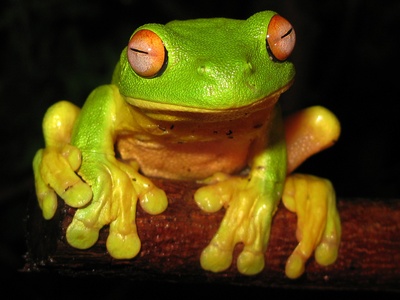
Red-eyed Tree Frog
An iconic symbol of the rainforest, this nocturnal frog uses its striking red eyes to startle predators when disturbed, giving it a moment to escape into the canopy darkness.
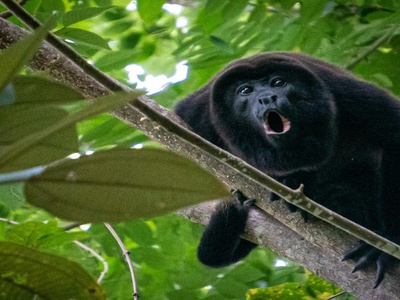
Howler Monkey
Named for its incredibly loud calls that can travel for miles, this monkey is a folivore, primarily eating leaves. Its slow digestion helps it process the tough plant material.
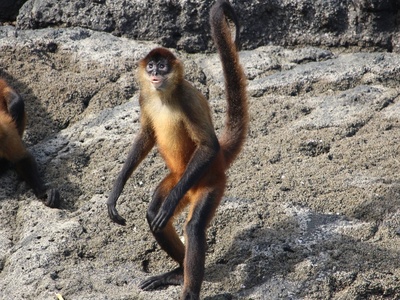
Black-handed Spider Monkey
With long limbs and a prehensile tail acting as a fifth limb, this agile monkey swings through the canopy, primarily eating ripe fruit and playing a vital role as a seed disperser.
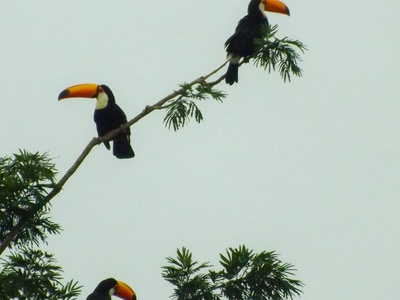
Toco Toucan
Famous for its huge, colorful bill, the toucan uses it to reach fruit on branches that wouldn’t support its weight. It also occasionally eats insects, eggs, and small lizards.
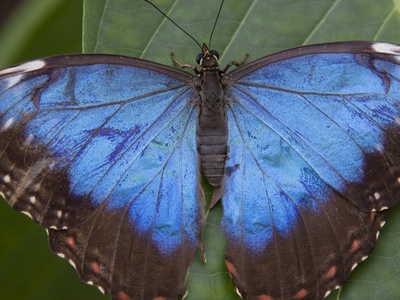
Blue Morpho Butterfly
As a caterpillar, it consumes leaves from a variety of rainforest plants. As an adult, its iridescent blue wings make it one of the most stunning sights in the Amazon.
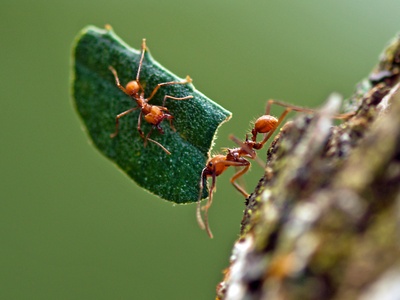
Leafcutter Ant
These ants don’t eat leaves directly but act as farmers. They cut leaf fragments and carry them to their underground nests to cultivate a special fungus, which is their primary food source.
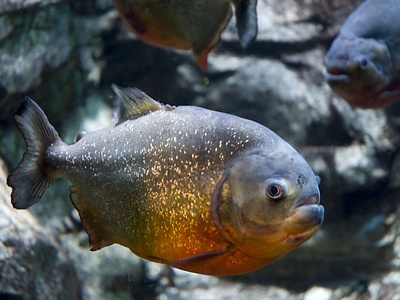
Red-bellied Piranha
Often feared but rarely as dangerous as depicted, this fish is primarily a scavenger and forager, eating insects, other fish, and plant matter with its famously sharp teeth.
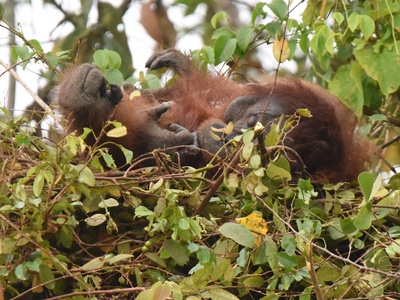
Bornean Orangutan
This solitary great ape of Southeast Asia spends most of its life in the trees. It primarily eats fruit, especially durian, making it a critical seed disperser for the forest.
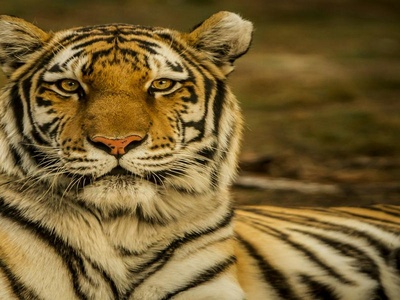
Bengal Tiger
The largest big cat, the tiger is an apex predator in the rainforests of Asia. A powerful ambush hunter, it preys on deer, wild boar, and other large mammals.
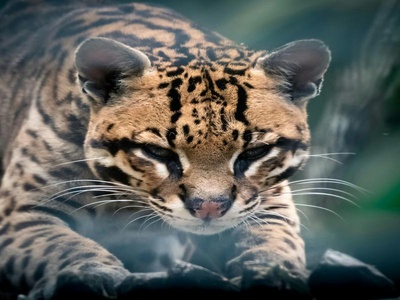
Ocelot
A medium-sized wild cat of the Americas, the ocelot is a secretive, nocturnal hunter. It preys on small mammals, birds, and reptiles, using its excellent vision to stalk them.
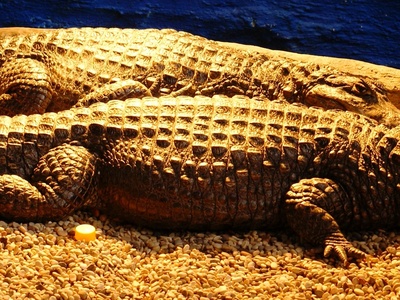
Black Caiman
The largest predator in the Amazon basin, this crocodilian can take almost any animal that enters its water territory, including deer, monkeys, and even jaguars on occasion.
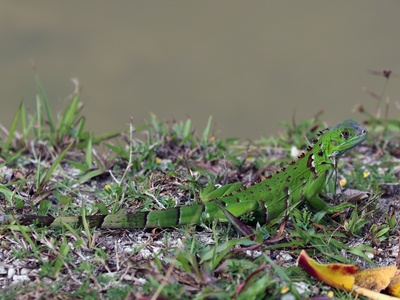
Green Iguana
A large, tree-dwelling lizard, the green iguana is a primary consumer, feeding on leaves, flowers, and fruits. They are excellent swimmers and can drop from trees to escape predators.

Giant Anteater
This unique mammal uses its long snout and two-foot-long tongue to consume up to 30,000 ants and termites a day, controlling insect populations in Central and South America.
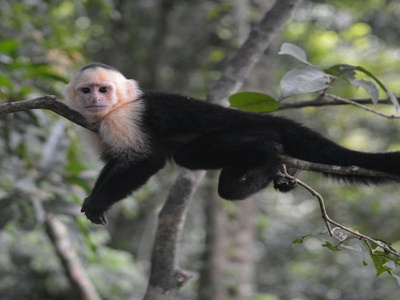
Capuchin Monkey
One of the most intelligent New World monkeys, the capuchin is a resourceful omnivore. It eats fruits, nuts, insects, and small vertebrates, sometimes using tools to crack open hard shells.
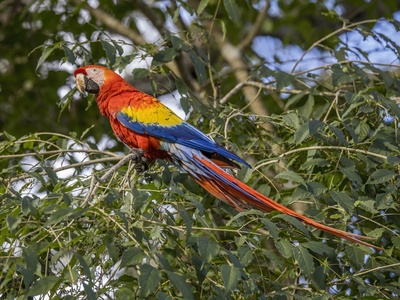
Scarlet Macaw
These large, vibrant parrots are a spectacular sight. They use their powerful beaks to crack open hard nuts and seeds, and they often consume clay to neutralize toxins from their food.
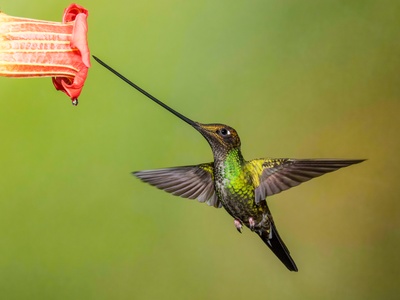
Sword-billed Hummingbird
This bird’s bill is longer than its body, a special adaptation to feed on nectar from flowers with long corollas. It also eats small insects and spiders to get protein.
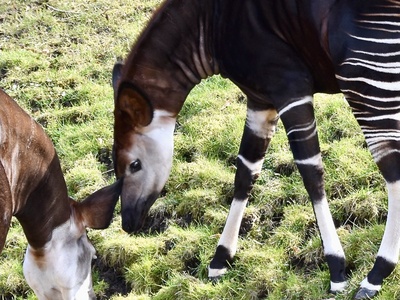
Okapi
Known as the “forest giraffe,” this elusive mammal is native to the Congo rainforest. It uses its long, prehensile tongue to strip leaves from trees and other vegetation.
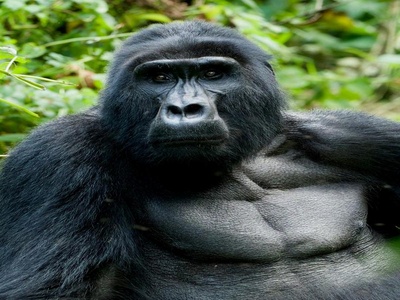
Mountain Gorilla
The largest living primate, this gentle giant lives in the mountain rainforests of Africa. It consumes large quantities of vegetation like leaves, stems, and pith.
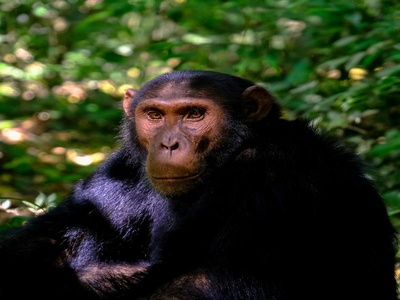
Chimpanzee
Our closest living relative, the chimpanzee has a highly varied diet. They eat fruits, leaves, and flowers, but also hunt in groups for smaller monkeys and other animals.
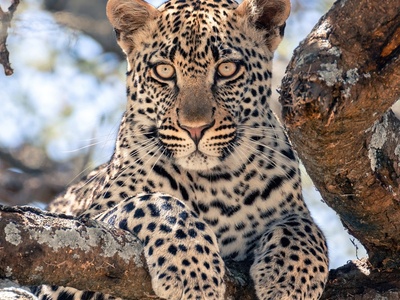
African Leopard
A highly adaptable and powerful predator, the leopard thrives in Africa’s rainforests. It is known for its ability to climb trees, where it often stashes its kills to keep them from other carnivores.

Clouded Leopard
This secretive cat of Southeast Asia has the longest canine teeth relative to its body size of any feline. It is an arboreal hunter, preying on monkeys, birds, and other mammals.
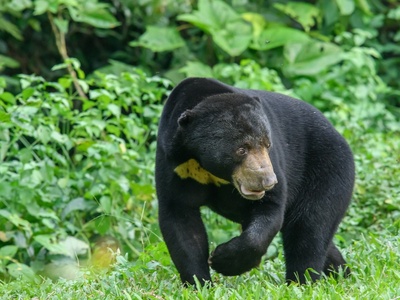
Sun Bear
The world’s smallest bear, found in Southeast Asia, the sun bear is an adept climber. It uses its long tongue to extract honey and insects from nests and logs.
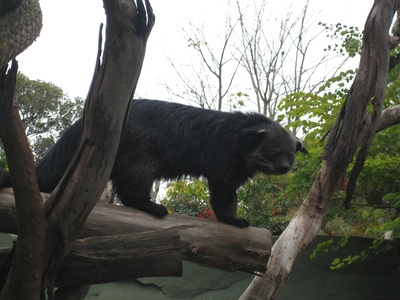
Binturong
Often called a “bearcat,” this unique mammal is neither. Native to Southeast Asia, it smells like buttered popcorn and uses its prehensile tail to navigate the canopy while foraging for fruit and small animals.
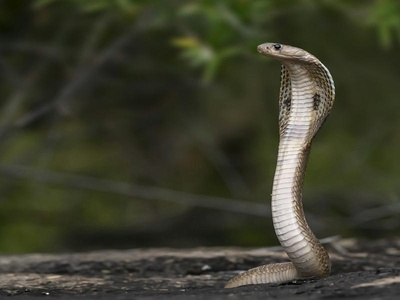
King Cobra
The longest venomous snake in the world, the King Cobra is an apex reptilian predator in Asian rainforests. Its diet consists almost entirely of other snakes, including venomous ones.
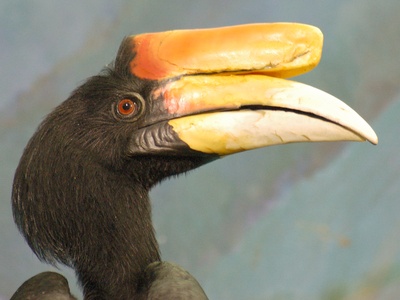
Rhinoceros Hornbill
This large bird from Southeast Asia is named for the prominent casque on its bill. It is a critical seed disperser, eating fruits and regurgitating the seeds far from the parent tree.
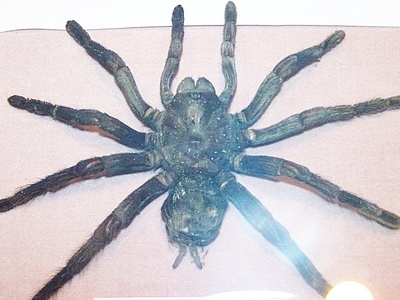
Goliath Birdeater
The world’s largest spider by mass, this tarantula from South America doesn’t typically eat birds. It preys on insects, worms, and small amphibians or mammals it finds on the forest floor.
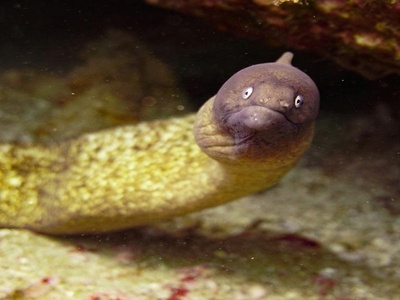
Electric Eel
This South American fish, a type of knifefish, can generate powerful electric shocks of up to 860 volts to stun prey like fish, amphibians, and even small mammals.
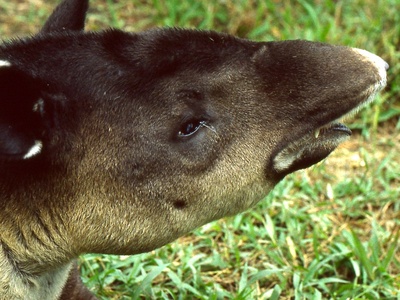
Baird’s Tapir
A large, primitive mammal found in Central and South America, the tapir uses its flexible, prehensile snout to browse for leaves, twigs, and fruits on the forest floor.
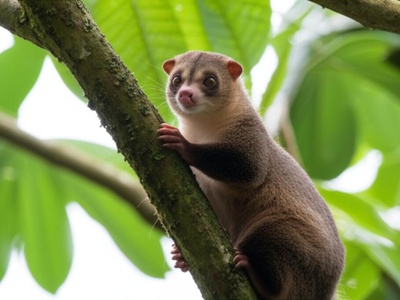
Kinkajou
This nocturnal mammal of the Americas is often mistaken for a ferret or monkey. It uses its prehensile tail and long tongue to reach and consume fruits and nectar high in the canopy.
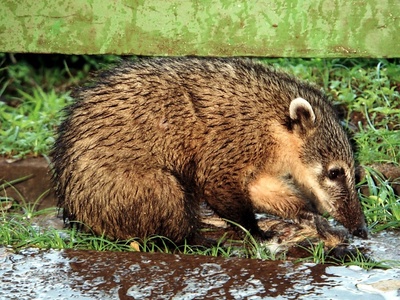
Coati
A relative of the raccoon, the social coati forages in large groups on the forest floor. It uses its long snout and sharp claws to dig for insects, fruits, and small vertebrates.
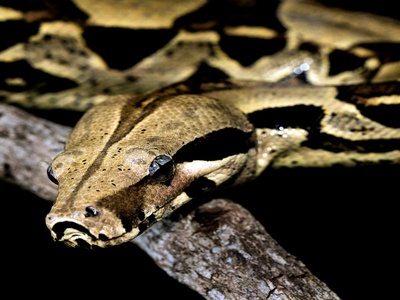
Boa Constrictor
A powerful, non-venomous snake known for its beautiful patterns. It ambushes prey ranging from rodents to monkeys, coiling around them and squeezing until they suffocate.
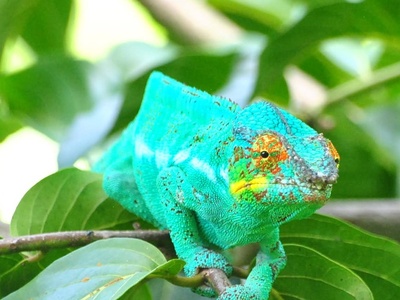
Panther Chameleon
Native to Madagascar, this lizard is a master of camouflage. It catches insects with its incredibly long, sticky tongue, which it can project at high speed to snatch its prey.

Glass Frog
These small, nocturnal frogs are named for their translucent belly skin, which makes their internal organs visible. They live near streams and feed on small insects.
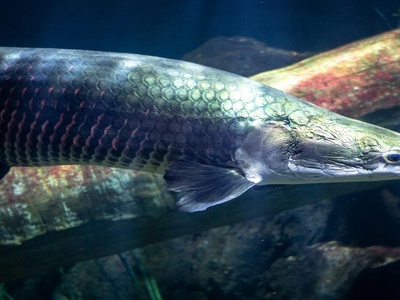
Arapaima
One of the largest freshwater fish in the world, the arapaima is an air-breathing predator of the Amazon River. It feeds on other fish and can leap out of the water to grab small animals.

Hoatzin
This strange bird from the Amazon is a specialized folivore, eating leaves. It has a unique digestive system that ferments food like a cow, giving it a manure-like odor.
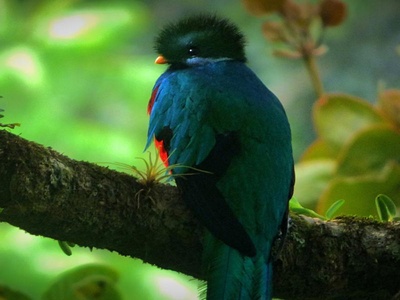
Resplendent Quetzal
Considered one of the world’s most beautiful birds, the quetzal primarily feeds on fruits, especially wild avocados, which it swallows whole, later regurgitating the large seeds.

Army Ant
These ants don’t build permanent nests but form massive, nomadic swarms that sweep across the forest floor. They consume any insect, spider, or small animal that cannot escape their path.

Common Vampire Bat
The only mammal to feed exclusively on blood, this bat uses sharp incisors to make a small cut on sleeping mammals, then laps up the blood with its tongue.

Aye-aye
This bizarre primate from Madagascar uses a specialized, long middle finger to tap on trees to find insect larvae, then gnaws a hole and uses the same finger to extract them.

Fossa
The top predator of Madagascar, the fossa looks like a small cougar but is related to the mongoose. It is an agile hunter that preys primarily on lemurs.
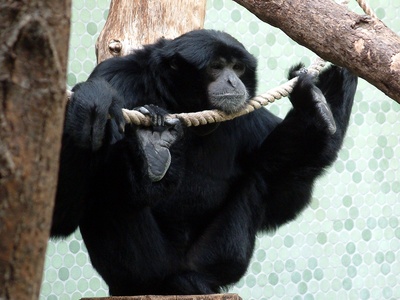
Siamang
The largest of the gibbons, the siamang of Southeast Asia has a large throat sac it inflates to make loud, booming calls. It primarily eats fruit and leaves.

Proboscis Monkey
Famous for the male’s large, fleshy nose, this monkey from Borneo is a specialized herbivore. Its complex stomach allows it to digest tough leaves and unripe fruit.
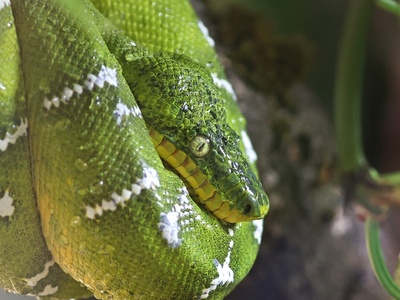
Emerald Tree Boa
This stunningly green snake lives in the trees of the Amazon. It drapes itself over a branch, hanging its head down to ambush birds, lizards, and small mammals that pass below.
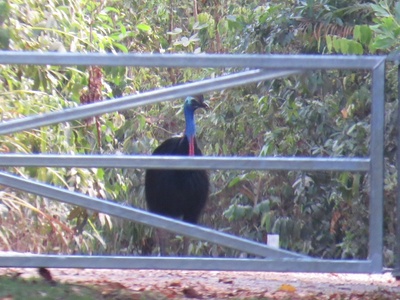
Southern Cassowary
A large, flightless bird from New Guinea and Australia with a dangerous reputation. It is a crucial seed disperser, eating fallen fruit and spreading seeds across the forest floor.

Common Basilisk
Nicknamed the “Jesus Christ lizard,” this reptile can run across the surface of water for short distances. It eats a mixed diet of insects, small vertebrates, and plant matter.
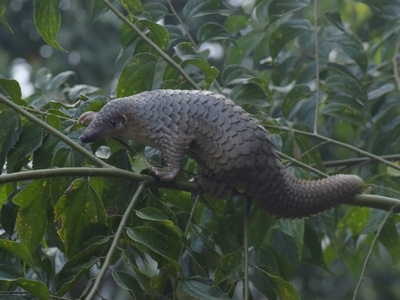
Sunda Pangolin
Covered in protective keratin scales, this unique mammal is a specialist anteater. It uses its long, sticky tongue to consume ants and termites from their nests on the forest floor.
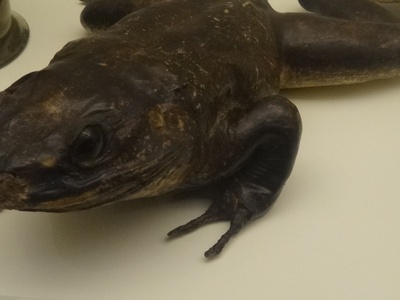
Goliath Frog
As the world’s largest frog, this powerful amphibian from West Africa has a big appetite. It preys on insects, crustaceans, other frogs, and even small snakes and turtles.
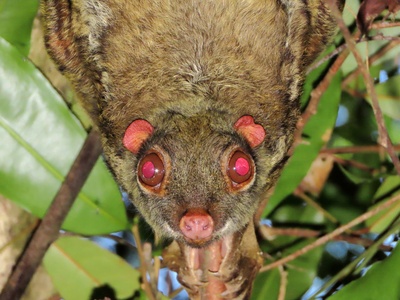
Malayan Colugo
Often called a “flying lemur,” the colugo is a gliding mammal from Southeast Asia. It is a strict herbivore, using its sharp incisors to scrape leaves, buds, and flowers from trees.
